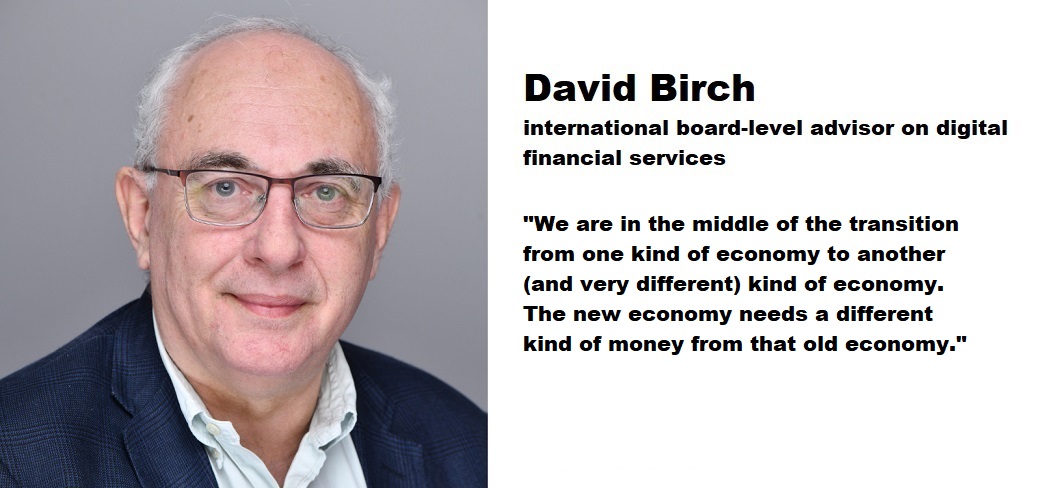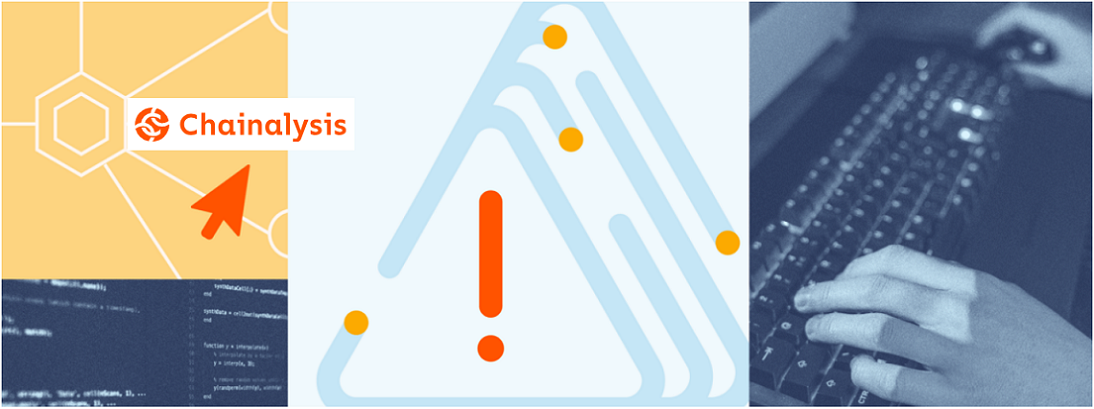Kaspersky Lab presents anti-fraud platform to secure online transactions on computers and mobile devices

Kaspersky Lab has showcased its new Kaspersky Fraud Prevention platform at the Mobile World Congress 2014 in Barcelona. Designed to protect electronic payments on computers and mobile devices, the solution is aimed at financial organizations and companies in the e-commerce sector.
According to a study by B2B International and Kaspersky Lab, 98% of users make use of online banking services or make online purchases, and 38% do so with their mobile devices. The widespread penetration of e-payments has made the theft of electronic money a profitable business for criminals. The same study found that in the preceding 12-month period 62% of users had encountered cyber-threats that targeted their accounts.
The current techniques (temporary passwords, SMS confirmations, tokens, one-time password generators) used by banks and e-payment systems to protect their clients quickly become obsolete. The experts at Gartner note that “innovation in fraud prevention methods is imperative because thieves are increasingly circumventing old techniques, such as device identification .” That is why the market requires innovative solutions to ensure transactions are safe.
„Financial organizations need technology that protects their clients from today’s threats and minimizes the costs linked to reimbursing stolen money,” commented Nikolay Grebennikov, Chief Technology Officer at Kaspersky Lab. “The Kaspersky Fraud Prevention platform is notable in that it provides comprehensive protection of transactions not only from the bank’s side but on the user’s devices as well. It also includes intellectual services based on our many years of experience in the field of cybersecurity. This combination will help financial companies secure their money and, more importantly, their reputation.”
The new Kaspersky Fraud Prevention platform incorporates tools capable of protecting online transactions on various devices, server solutions for detecting fraudulent transactions during e-payment processing, plus a range of additional services. The individual platform components can function both independently and in collaboration, complementing each other and providing multi-layered protection at every stage of an online payment.
The Kaspersky Fraud Prevention client applications work on computers running under Microsoft Windows and Apple OS X as well as on Google Android and Apple iOS-based mobile devices. These applications, incorporated under the general name of Kaspersky Fraud Prevention for Endpoints, are designed to protect user devices from financial cyber-threats that target specific operating systems.
If an organization is planning to develop its own mobile app or wants to strengthen the security of an existing application, it can use Kaspersky Fraud Prevention SDK tools based on Kaspersky Lab’s cutting-edge solutions. This toolset includes all the necessary components for reliable protection of e-payments made from a mobile device, according to press release.
Kaspersky Lab’s advanced security solutions for financial transactions have already established a good reputation on the market – the independent test labs AV-TEST, MRG Effitas and Matousec have already recognized their effectiveness.
Dariusz Mazurkiewicz – CEO at BLIK Polish Payment Standard
Banking 4.0 – „how was the experience for you”
„To be honest I think that Sinaia, your conference, is much better then Davos.”
Many more interesting quotes in the video below:










